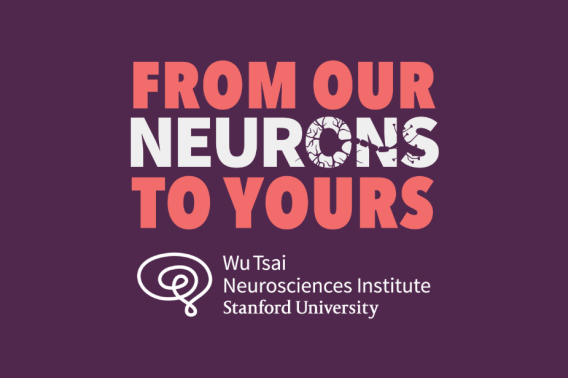Project Summary
The anesthetic ketamine has emerged as an exciting fast-acting and long-lasting antidepressant, but its widespread adoption for this use is limited by its hallucinogenic and abuse potential. The whole-brain networks that are responsible for each of ketamine’s physiologic effects remain unknown. To causatively assess which neural subcircuits and brain regions contribute to ketamine’s antidepressant efficacy versus its other properties, there is a need for a method to noninvasively deliver ketamine locally to both cortical and deep targets within the brain. Such a method could potentially be clinically translated to provide a noninvasive therapy for modulating desired neural circuits while minimizing off-target effects.
To this end, we have developed a platform of biocompatible nanoparticles that uncage a drug payload upon ultrasound application. With focused ultrasound, we can now noninvasively deliver drugs such as ketamine to millimeter-sized structures in the brain. With this technology, we will map whole-brain metabolic and electrophysiologic changes caused by local ketamine activity in the limbic system and then relate these changes to a clinically-translatable behavioral paradigm assessing negative valence, potentially identifying therapeutic targets and biomarkers to maximize ketamine’s antidepressant efficacy while minimizing side effects.
Project Details
Funding Type:
SIGF - Graduate Fellowship
Award Year:
2019
Lead Researcher(s):
Team Members:
